One of the most important aspect of life in Tibet is the strength of tradition and Tibetan Buddhism in everyday life. Buddhism was introduced to Tibet in 7th century and became the state religion in 8th century. This late diffusion Buddhism melted into an already rich and unique culture in this high plateau and Tibetan Buddhism was born. Highly symbolic and ritualistic, Tibetan Buddhism can be felt in every aspect of life of Tibetans even today.
Nothing represents the nature of Tibetan Buddhism and its influence in everyday life more than Tibet stone and rock carving tradition. When you visit Tibet, you will see them everywhere, sometimes in incredibly large quantities concentrated in a very small area. These are stones carved and colourfully painted, with Buddhist scripts, images, animals or depiction of various social activities.
>> Click here to know more about Tibetan Buddhism and Culture
What is Tibetan Stone Carving
You will find them literally everywhere and in almost every corner of life. You will see them as large mani stone moulds outside a monastery or a village. When trekking, you will see the moulds of carved stones at the summits of mountain passes or at the entrances to settlements as an offering. Or they will be large carved and painted rocks. Usually, the prayer flags are stuck in the middle of the rocks and the stones are used as the worship and rogation spots for the Tibetan.
Tibetan rock carving pieces are not for the sake of art; they are sacred items. You can witness how a devout Tibetan honour them and appreciate their religious importance. When a devout Tibetan pass near these rocks (always circumambulate it clockwise), he or she will pick up a stone, cling into the forehead and murmuring mantras (offering for health, peace, and protection) when encountering these stones. They will later drop the stone into the mould. These stones can form a very huge mould and in many locations, you will see these massive mani stone mounds (the largest of these moulds have 2.5 billion carved stones).
Origin and Distribution of Tibetan Stone Carving Art
The stone carving has deep roots in Buddhist tradition and beliefs. For example, the most common type of stone carvings is mani stones. These stones are called mani stone because six-syllabled mantra of Avalokiteshvara (Om mani padme hum) is carved on them. Om Mani Padme Hum can be translated as “Hail to the jewel in the lotus”. This is an important mantra. It is not known when the mantra came in use but the earliest records of the mantra are in the late 10th and early 11th centuries in the Karandavyuha Sutra. Tibetan Buddhists believe that saying this mantra (prayer) invokes the powerful benevolent attention and blessings of Chenrezig, the embodiment of compassion.
In Tibetan Buddhism belief, seeing the written form of the mantra has the same effect so the mantra is carved in mani stones. And this belief is the origin of the mani stone tradition. One can throw a mani stone in a mani stone mould as an act of prayer and invoke the blessing of compassion. Mani stones are regarded sacred as the sacrifice to the Buddha. Mani stone is called Man Zha in Tibetan, meaning Sanskrit mandala.
There is also a practical reason for the development of mani stone moulds. Tibet Plateau is huge and sparsely populated. It is not possible for everyone to access monastery in this population distribution. Thus, the mani stone moulds serve as a local shrine where people can perform their religious rituals without going to a monastery.
The Tibetan stone carving is mostly associated with Buddhism now but it is probably a continuation of prehistoric tradition to keep record of everything in the harsh conditions of Tibetan plateau. Significant number of the rock carvings in fact describe animal images, hunt scenes or scenes from daily life of Tibetans. This makes Tibetan rock carvings more than just religious symbols. They are historical records about the generations of people lived in Tibet Plateau and is a window opening to the ancient Tibet.
Tibetan Stone Carving Materials and Methods
Most Tibetan stone carvings are on ordinary rocks, stones and pebbles. Materials can range anything from a small pebble to a large interior of a mountain cave. You will occasionally see huge mani stones weighting hundreds of tonnes by roadside or small ones which can easily be carried by a child. The mani stones do not have a specific shape and colour and a theme.
Most stone carvings are handcrafted. The traditional handicraftsmen were usually monks, peasants or herdsmen. They carve the stones only in winter months and in other seasons perform their other profession. Carving Mani stones is considered a form of meditation.
Nowadays though, the mani stone production became an art form and a group of specialist craftsmen class emerged. There are also many stone carvings produced by machinery. You can find mani stones now sold everywhere in Tibet and even on internet (dubbed as compassion rocks) and marketed as carrying tremendous positive energy.
Stone Inscriptions Sorts and Usages
Another type of Mani Stone is the Mani Stone Wall. These stone structures are compilations of carved stone tablets and their length can range from a few meters to up to a kilometre in length. They can be two meters high. A devout Tibetan will pass the wall from the left side in clock wise direction in which earth and universe revolve.
The most common type of stone carving is mani stones. You can see mani stone moulds everywhere in the country and it is quite common for the Tibetans throw a mani stone to the mold as a form of prayer.
There are also black stones in almost any house in Tibet. These are believed to deter evil and bring fortune to the house. Black stones are usually machine crafted and relatively inexpensive.
Top Three Places to Appreciate Stone and Rock Carvings in Tibet
There are some significant sites in Tibet to appreciate stone and rock carvings. These are Ritu Rock Carving Site, Yao Shan Wang Rock Carvings site and Zaxi Cave Rock Carving Site.
The nearest rock carving site to Lhasa is Yao Wang Shan Rock Carvings site in Yaowangshan Mountains. The rock carvings here mostly depict religious figures and are produced mostly in modern times.
Zaxi Cave Rock Carving site is on the east side of Namtso Lake some 112 kilometres away from Lhasa. These carvings are found in eight natural caves. Most of the carvings are coloured in red. There are images of animals, human, sun and pagodas.
Ritu Rock Carvings site is in Ngari Prefecture (some 1,600 kilometres (990 mi) west of the capital, Lhasa). Hundreds of rock carvings in this site are carved by simple composition using simple carving techniques and depicts content like hunting, war, fighting, religious ceremonies and dancing scenes. The major theme colour in Ritu Rock Carving site is red.
The world’s largest Mani stone mound is located in Xinzhai Village of Yushu in Tibet. This mould is called Jiana Mani Stone Mound. It is 300 meters long, 80 meters wide and 4 meters high and there are currently 2.5 billion mani stones here accumulated over 200 plus years.
Mani stones can also be found in neighbouring countries Nepal and Bhutan where Buddhism is widely practiced. You can even find mani stones around monasteries in India which is in fact the true place origin of the mani mantra.
>> Join our Tibet Tours to know more about Tibetan Buddhism and Stone-carving Art
.jpg)



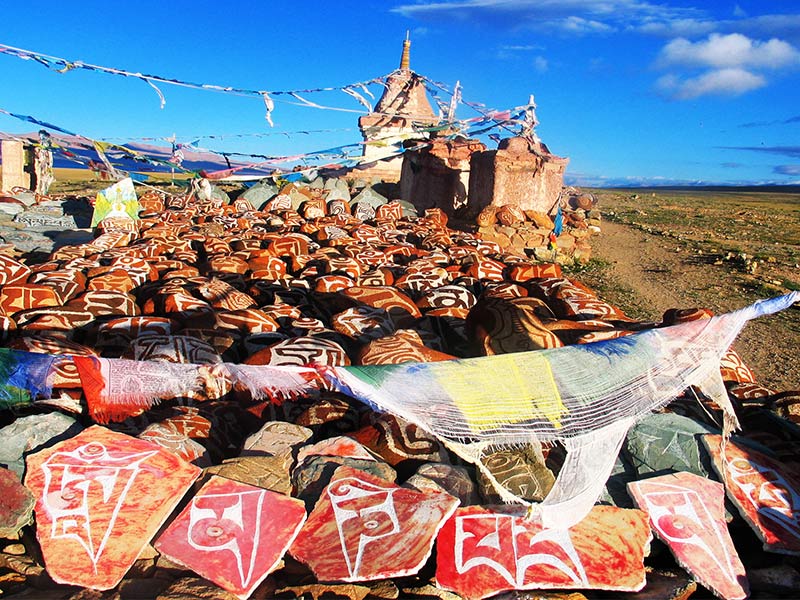
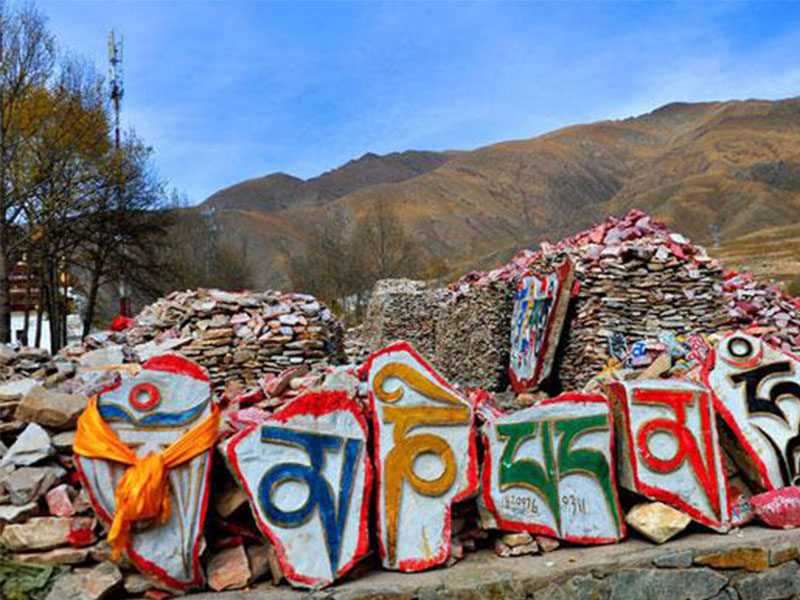
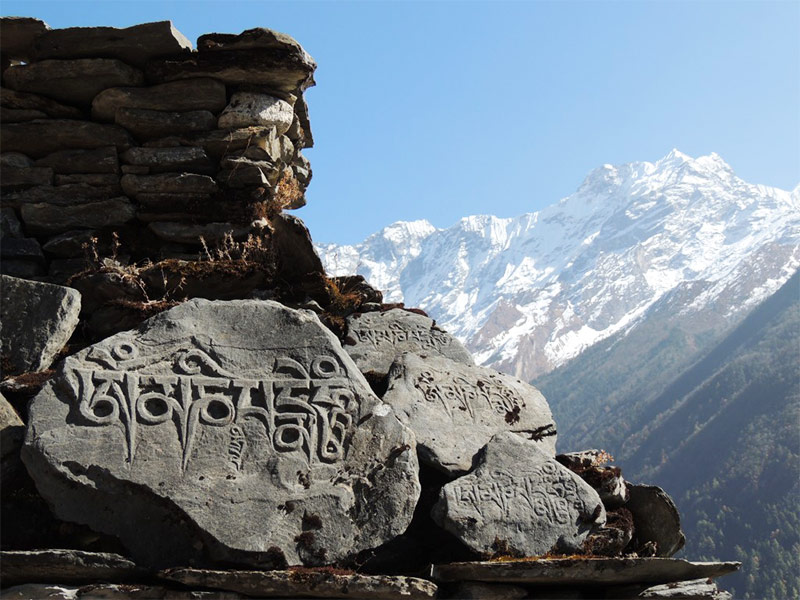
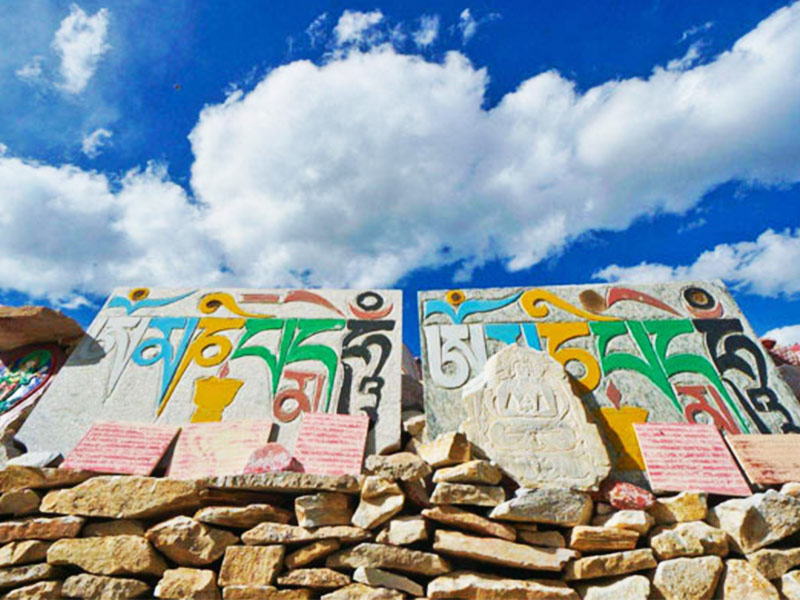
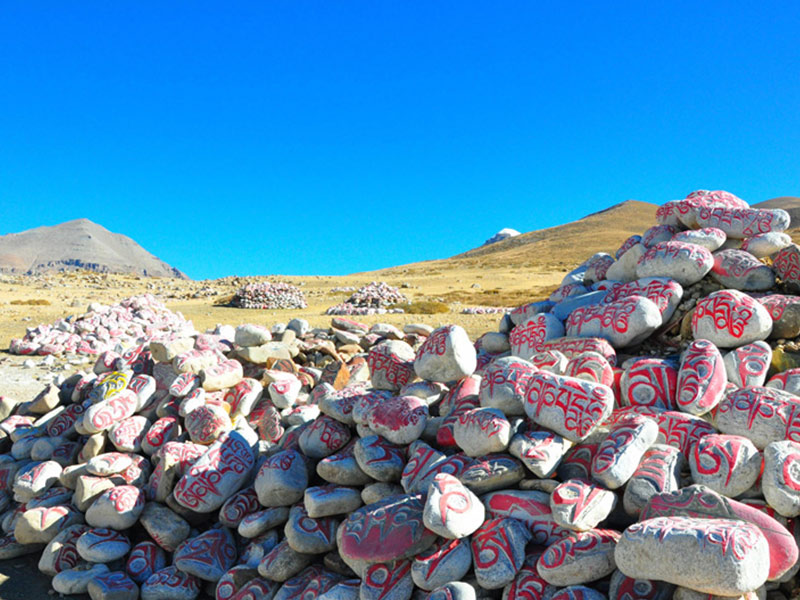
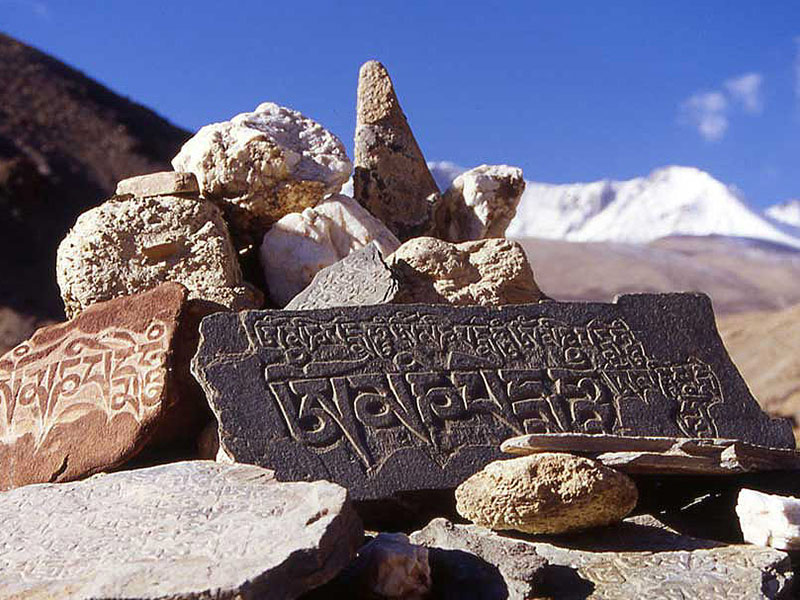
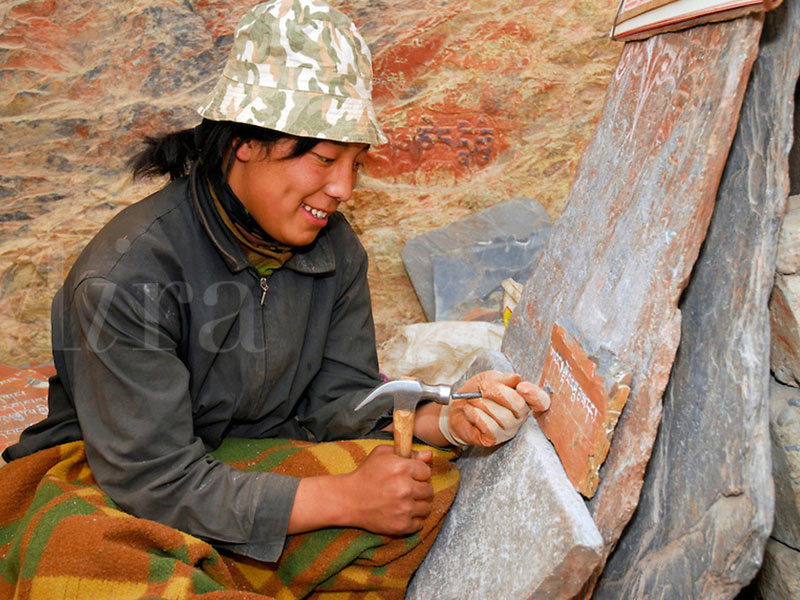
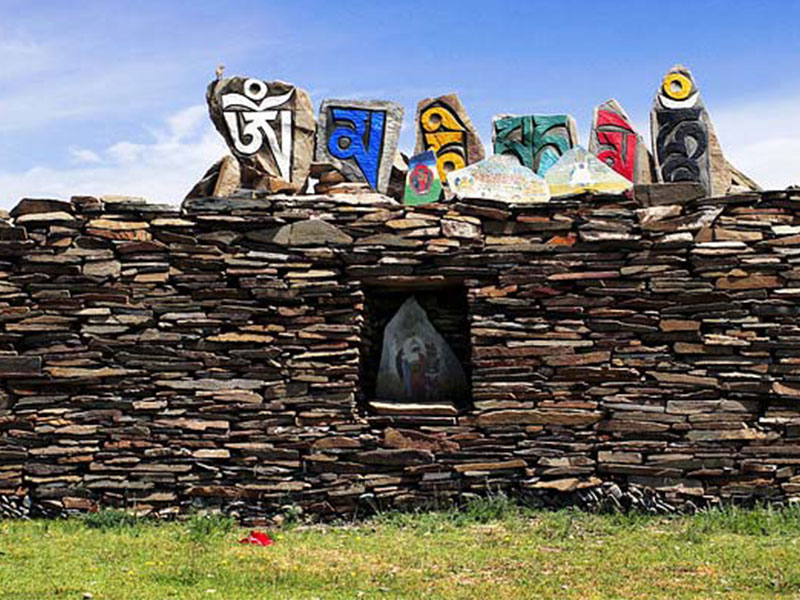
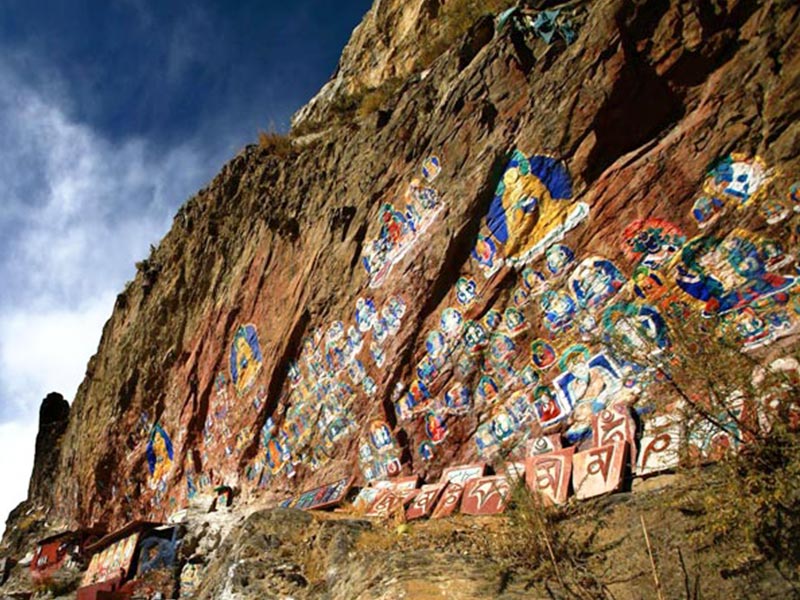
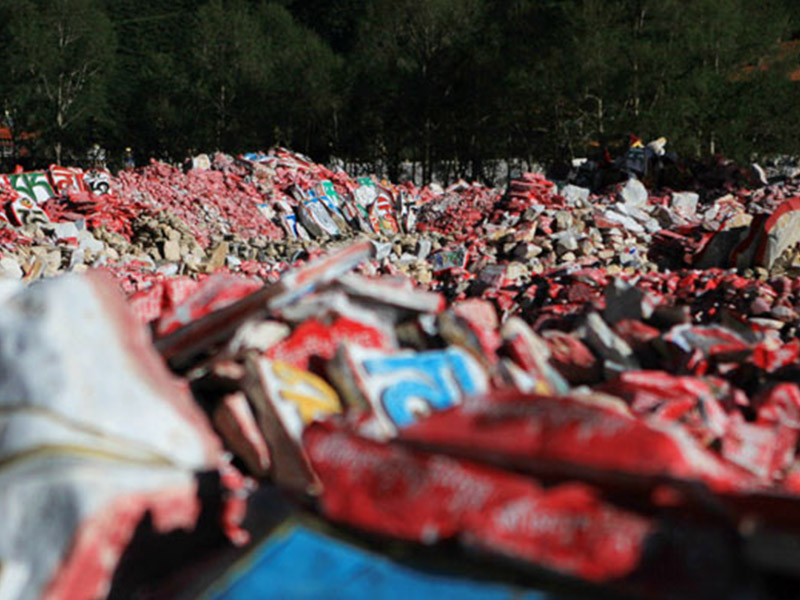

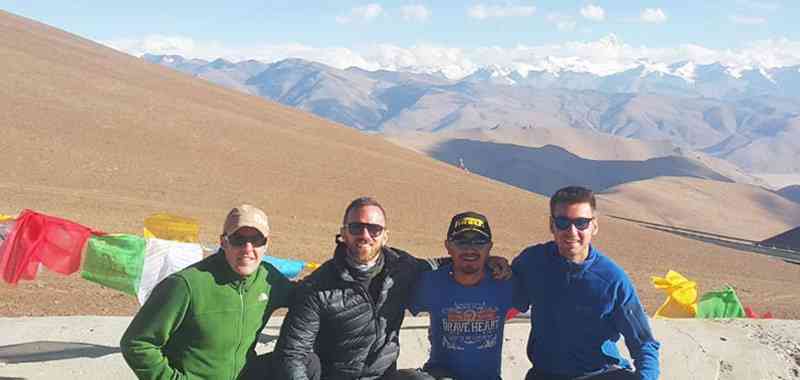






0 Comment ON "Tibetan Stone Carving Culture"